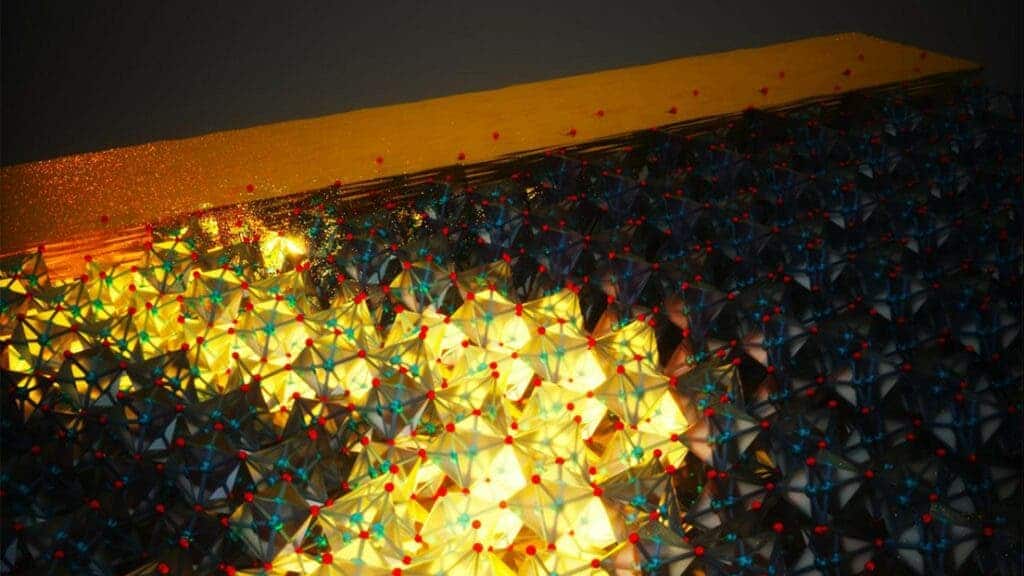
Although it’s not even a biological cell, scientists have found that vanadium dioxide — a compound routinely used in electronics — can virtually “remember” previous external stimuli in a way akin to neurons in the human brain. Vanadium oxide is seen as a worthy competitor to silicon, the world’s most currently used semiconductor, due to its promising speed, energy consumption, and miniaturization. The new findings suggest the compound could also be an excellent material for chips that mimic the way the human brain processes information, for so-called “neuromorphic” computation.
Researchers at the Polytechnic University of Lausanne’s POWERlab made the discovery serendipitously while studying how long it takes vanadium dioxide to transition from one state to another, specifically from an insulator to a conductor. At temperatures below 68 degrees Celsius (154.4 degrees Fahrenheit), vanadium oxide turns into an insulator. At temperatures beyond that range, the crystal lattice of the material changes and becomes an electrical conductor.
Ph.D. student Mohammad Samizadeh Nikoo applied electric current of varying intensity to a sample of the material, taking measurements as the sample switched between states. When the current moved across the material, it heated the sample, causing vanadium oxide to change state. When the current was stopped, the material reverted to its initial state.
But when the young researcher applied a follow-up second pulse of electricity, the time it took for the material to change state was directly linked to previous measurements.
This presents a remarkable observation: vanadium oxide has a form of memory, which enables it to store information about its most recent external stimulus. This memory seems to last for up to three hours, according to experiments. To the best of the scientists’ knowledge, no other material has this property.
“We didn’t expect to see this kind of memory effect, and it has nothing to do with electronic states but rather with the physical structure of the material. It’s a novel discovery: no other material behaves in this way,” said Prof. Elison Matioli, who heads the POWERlab.
Memory is the backbone of all computational processes. Since vanadium oxide also has other appealing properties, it could become a prime candidate for replacing silicon in some computational applications, such as data storage and processing — although its high-temperature requirements for conducting electricity make it infeasible for many consumer applications.
Furthermore, the parallels to how human neurons work are quite striking. This has implications for neuromorphic computing, which implements aspects of biological neural networks as analogue or digital copies on electronic circuits. Although humans seem very slow compared to computers, that’s true only for raw computations. In fact, the brain has higher computational power efficiency than electronic computers by orders of magnitude, and vanadium oxide could help tap into this potential.
“We discovered that these activation conditions are completely related to the history and background of vanadium oxide and actually, it is related to its previous activations. This is exactly the same as what happens in our brain,” said Samizadeh Nikoo.
“When we recognise someone, a series of neurons are activating, and a memory is forming in our brain. When we meet the same person again, those neurons can be activated much faster and by using less energy.”
The findings appeared in the journal Nature Electronics.









